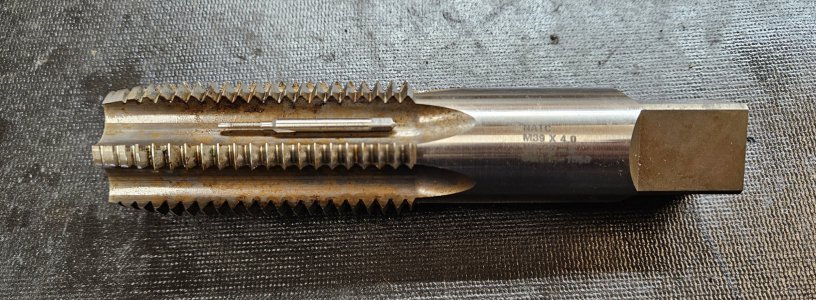- Joined
- Jan 25, 2022
- Messages
- 110
Not sure if anyone has experienced this but:
I am building one of those steam engine kits. Started to tap some #5-40 holes in a cast iron piece, and the tap just would not go in. So, drilled the hole one size over and still was a struggle for any of the set (of 3). The drill sizes were correct. Taps are fairly new, seem to be sharp.
Ordered a set of Hertels from MSC and they went right in like butter -- even in nominal size hole.
Not sure how to properly measure a three-flute tap, but the originals seem to be about 5 or 6 thou larger than the Hertels.
K
I am building one of those steam engine kits. Started to tap some #5-40 holes in a cast iron piece, and the tap just would not go in. So, drilled the hole one size over and still was a struggle for any of the set (of 3). The drill sizes were correct. Taps are fairly new, seem to be sharp.
Ordered a set of Hertels from MSC and they went right in like butter -- even in nominal size hole.
Not sure how to properly measure a three-flute tap, but the originals seem to be about 5 or 6 thou larger than the Hertels.
K




